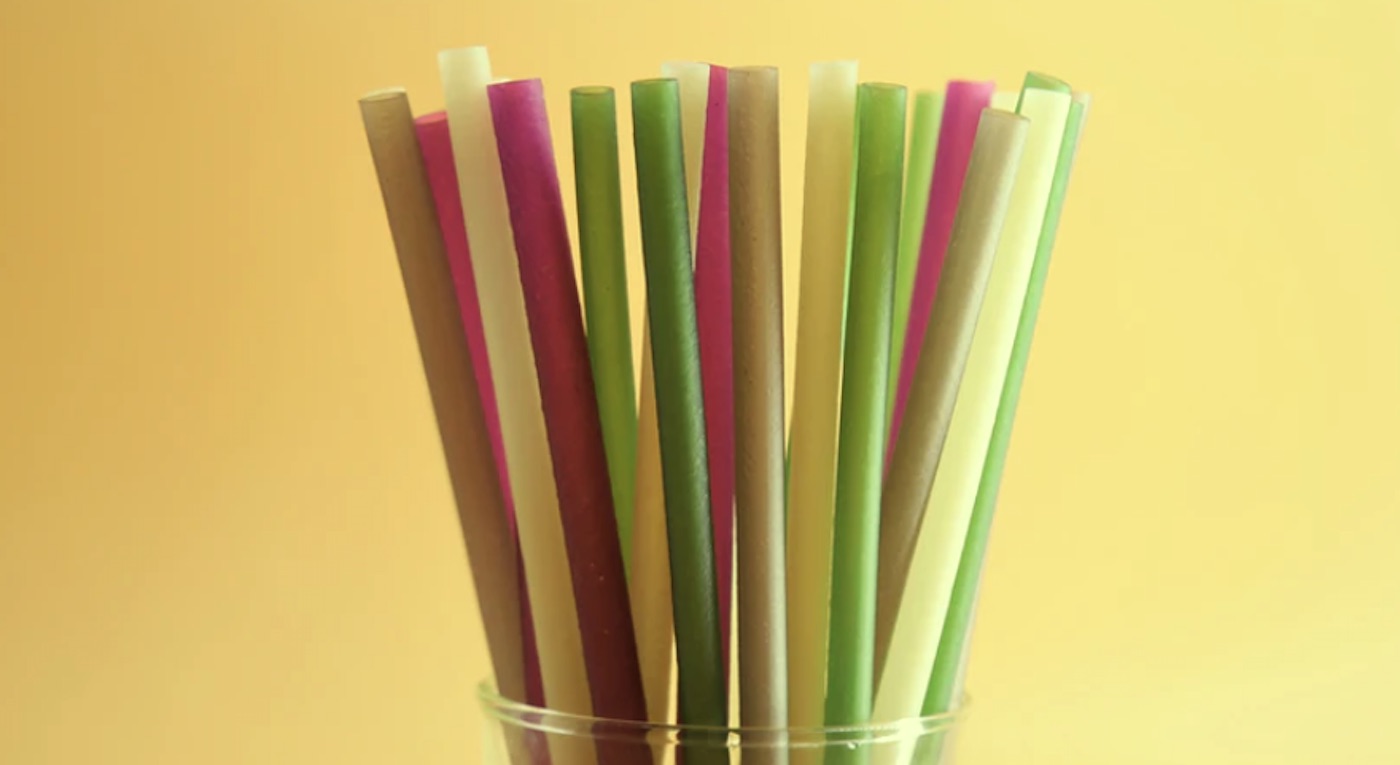In China, 2020 was bid farewell with a flurry of fireworks and the scratching off of 200 million metric tonnes of plastic straws from the nation’s pollution inventory.
The anticipated ban comes into effect first with two items, plastic straws and single-use shopping bags, with other single-use plastics to follow. They are one of fewer than 10 nations to ban plastic straws outright.
The ban was announced in the Party’s new Five-Year Plan in January 2020, and aims to reduce plastic pollution while moving to integrate biodegradable alternatives, starting with plastic straws.
But there is something unique that makes a plastic straw ban in China more impactful than other countries, and it isn’t the fact they are the most populous nation.
It’s that paper and polylactic acid compound straws will replace plastic ones in the people’s favorite drink—tapioca pearl tea, also known as milk or bubble tea.
Chinese consumers love bubble and milk tea. These treats, often taking the place of the West’s morning coffee, are drank through plastic straws larger and thicker than those we would recognize from a McDonald’s, as they must be able to accommodate the movement of the “bubbles” of tapioca pudding.
In 2018, an estimated 500,000 chains sold bubble tea in China, and the to-go beverage market in the country rose 9.3% in 2020 to $80 billion.
Milk tea chains like Nayuki in Shanghai have already been using paper straws for most of the year in anticipation of the first phase of the plastic ban scheduled to start in 2021.
Supermarkets like Careful and RT Mart are also tightening their fiscal belts as single-use plastic shopping bags are banned as well, with replacements in the form of biodegradable bags, rentable baskets, or for-purchase reusable bags taking the form as the major alternatives.
One Chinese news agency reports that while prices for biodegradable alternatives to straws and bags are more expensive, the ban has seen the market share for bio-plastics skyrocket to an expected $7.3 billion in 2025, and a further doubling to $13.9 billion by 2030, suggesting the cost will rapidly decrease as more entrepreneurs enter the market with new technologies.
SHARE This Positive Trend in Plastics With Pals on Social Media…




















